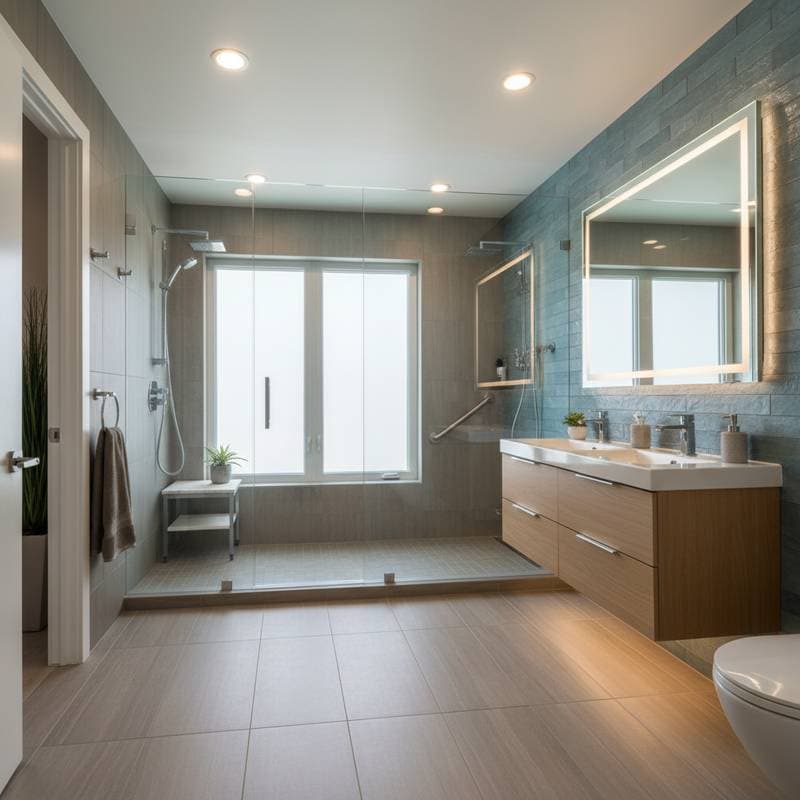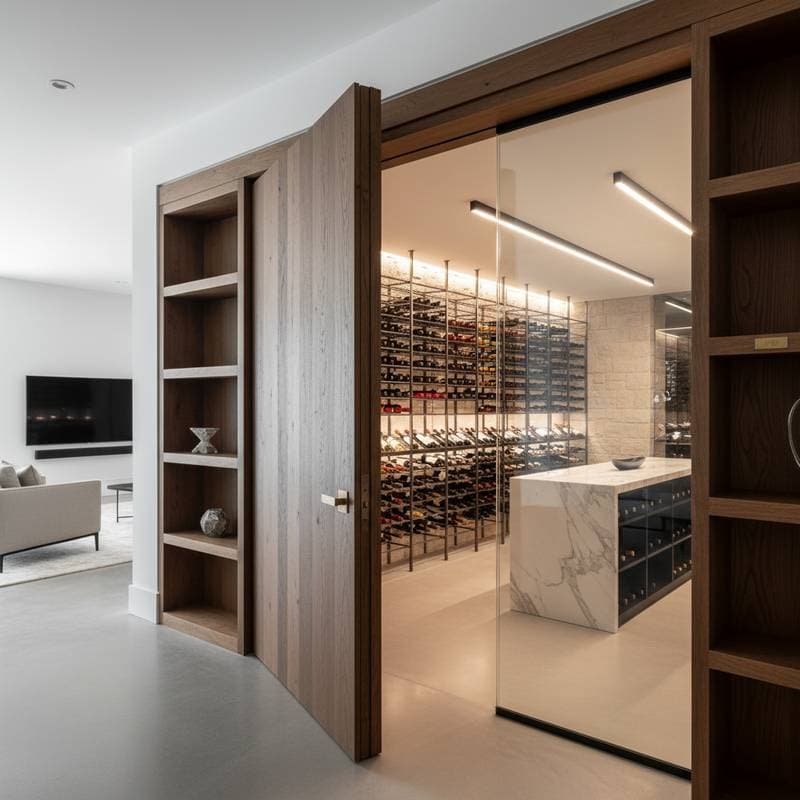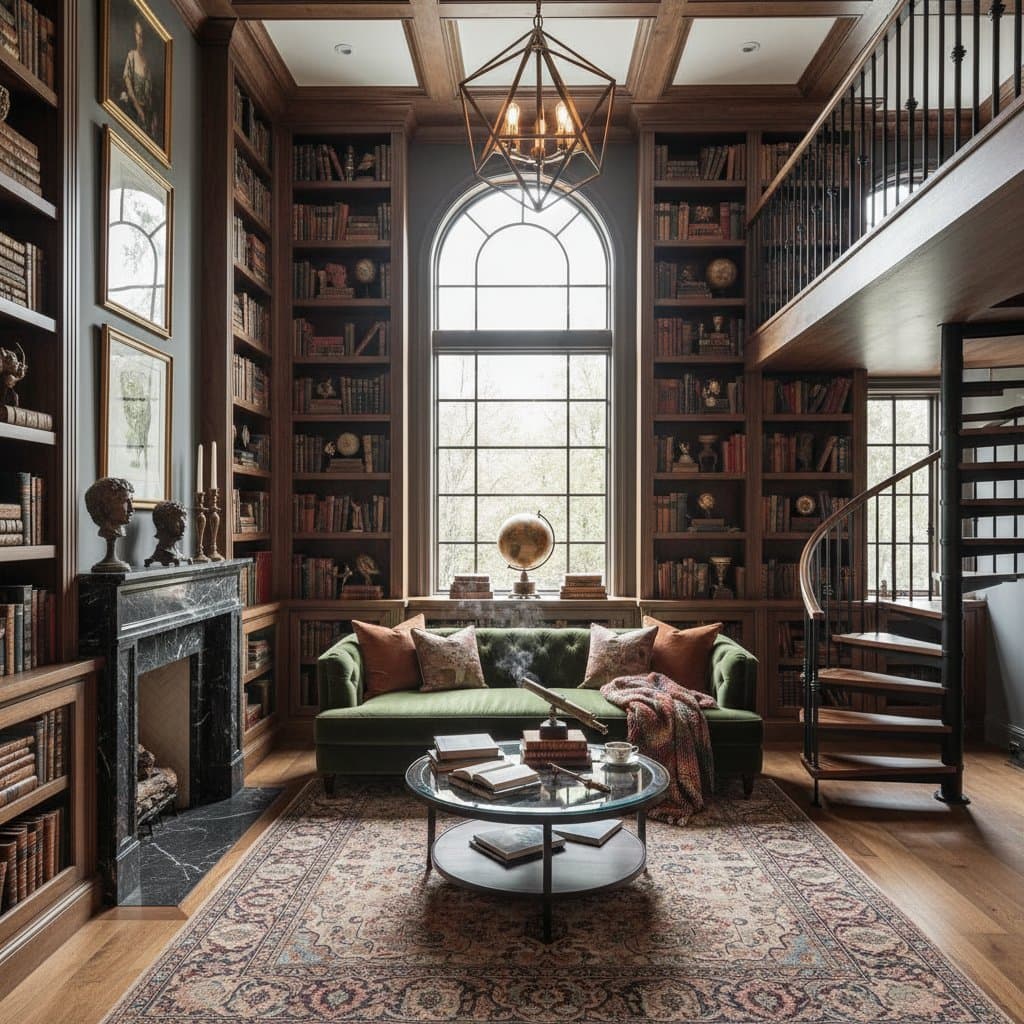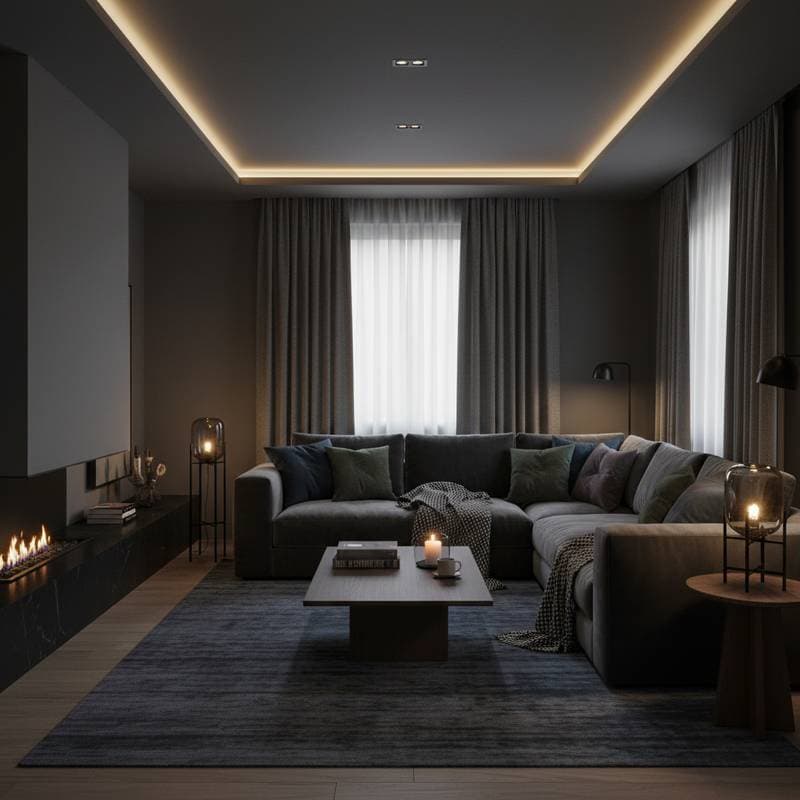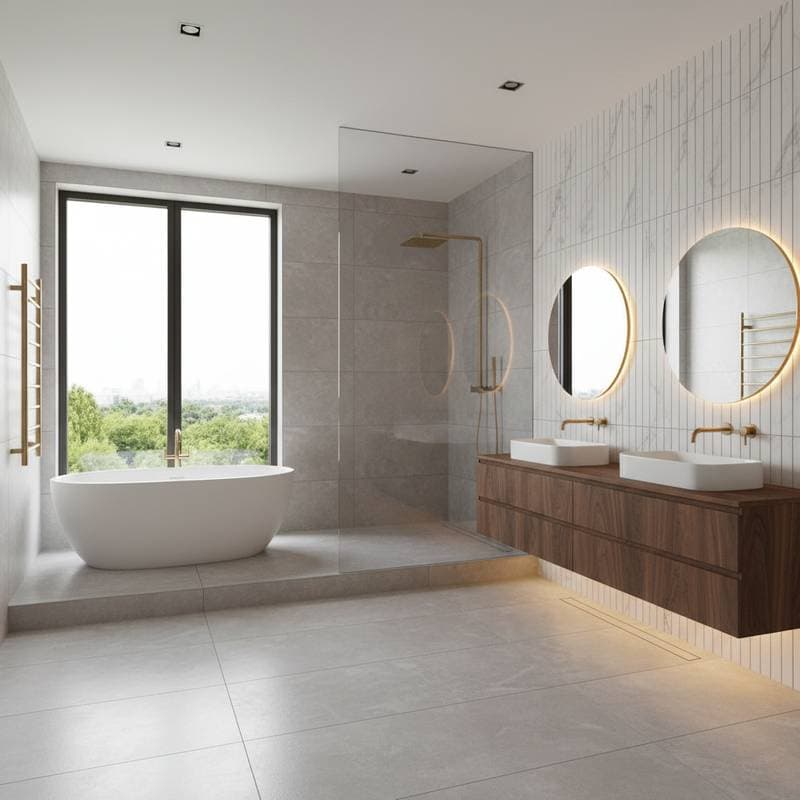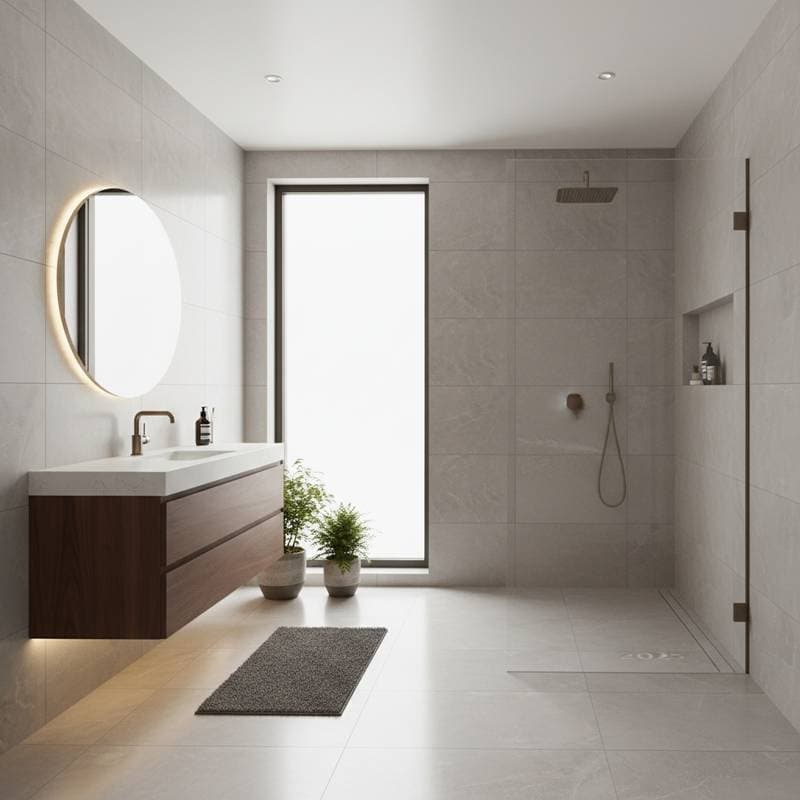Understanding Aging-in-Place Bathrooms
Aging-in-place bathrooms represent a forward-thinking approach to home design that prioritizes long-term usability and safety. These spaces accommodate individuals as they age by incorporating features that reduce fall risks and enhance mobility without sacrificing style. Homeowners who install such bathrooms often see a significant return on investment, particularly in resale scenarios where universal appeal matters.
The concept extends beyond mere accessibility; it integrates seamlessly with contemporary aesthetics to create versatile environments. For instance, lever-handled faucets and wider doorways facilitate ease of use for everyone in the household. This dual focus on functionality and design positions aging-in-place remodels as a smart choice for modern living.
Market data indicates that properties with these updates attract a broader buyer pool, including younger families who value future-proofing. The 15 percent uplift in resale value stems from the perceived durability and low-maintenance nature of these installations.
The Value Proposition for Homeowners
Remodeling a bathroom for aging-in-place not only safeguards residents but also elevates property worth. Appraisers recognize the premium on homes equipped with safety-oriented features, as they minimize liability concerns for future owners. A study of recent real estate trends shows that such modifications correlate directly with higher sale prices in competitive markets.
Beyond financial gains, these bathrooms promote independence and comfort. Curbless showers eliminate tripping hazards, while adjustable-height vanities adapt to varying needs. These elements contribute to a home that feels inclusive and resilient over time.
Sellers benefit from faster market times as well. Prospective buyers, aware of the rising demand for adaptable living spaces, view these remodels as a mark of quality construction. The overall enhancement in livability translates to tangible economic advantages.
Essential Features for an Aging-in-Place Bathroom
Selecting the right components ensures the remodel meets both practical and visual standards. Walk-in showers with built-in seating provide a secure showering experience without the dangers of traditional tubs. Incorporating fold-down benches and handheld showerheads allows for personalized adjustments.
Grab bars installed at strategic points, such as near the toilet and shower entry, offer crucial support. Opt for concealed mounting systems to maintain a sleek appearance. Non-slip flooring materials, like textured porcelain tiles, prevent accidents on wet surfaces while complementing any decor scheme.
Lever-style handles on doors and fixtures simplify operation for those with reduced grip strength. Pocket doors save space and ease navigation in compact bathrooms. Additionally, motion-sensor lighting activates automatically, reducing the need to fumble in low-light conditions.
Consider integrating smart technology, such as touchless faucets, to further enhance hygiene and convenience. These features collectively create a bathroom that supports daily routines effectively.
Budgeting and Cost Considerations
The expense of an aging-in-place bathroom remodel varies based on scope and materials, typically ranging from $15,000 to $30,000 for a standard-sized space. Basic safety additions, like grab bars and non-slip mats, cost under $2,000 and deliver immediate impact. More comprehensive overhauls, including shower conversions, push costs higher but yield greater returns.
Factor in labor fees, which account for 40 to 60 percent of the total budget. Professional contractors ensure compliance with building codes, especially for structural changes like widening doorways. Material choices influence pricing; durable, low-maintenance options like vinyl flooring keep long-term expenses down.
Homeowners should allocate 10 to 15 percent of the budget for unforeseen adjustments. Financing options, such as home equity loans, make these projects accessible. The potential 15 percent resale value increase often recoups the investment within a few years of sale.
Step-by-Step Implementation Guide
Begin the remodel by assessing current bathroom layout and identifying mobility challenges. Consult with an occupational therapist or designer specializing in universal design to map out needs. This initial evaluation prevents costly revisions later.
-
Demolition and preparation: Remove outdated fixtures and evaluate plumbing integrity. Ensure the space aligns with accessibility standards, such as a minimum 32-inch doorway width.
-
Install core safety elements: Fit grab bars and non-slip surfaces early to integrate them seamlessly. Reinforce walls behind tiles for secure bar mounting.
-
Upgrade fixtures and layout: Replace standard tubs with low-threshold showers. Position vanities and toilets for optimal reach, maintaining at least 30 inches of clear floor space around each.
-
Add lighting and controls: Install bright, even illumination and user-friendly controls. Test all features for functionality before finalizing finishes.
-
Finishing touches: Apply waterproof sealants and select coordinating colors. Conduct a walkthrough to verify comfort and safety.
Engage certified professionals throughout to guarantee quality workmanship.
Professional Tips for Success
Collaborate with architects experienced in aging-in-place designs to blend accessibility with elegance. Choose neutral palettes and timeless materials that avoid dated looks. For example, frameless glass enclosures on showers create an open, inviting feel.
Prioritize energy-efficient elements, such as low-flow fixtures, to appeal to eco-conscious buyers. Regular maintenance, like sealing grout lines annually, preserves the investment. Test prototypes or mockups for user feedback before full commitment.
Avoid over-customization; focus on versatile features that serve multiple generations. Document the remodel process with photos to showcase upgrades during resale. These strategies maximize both usability and marketability.
Realizing Long-Term Benefits
An aging-in-place bathroom extends beyond immediate resale gains by fostering a safer, more enjoyable home environment. Families experience reduced stress from worry-free daily routines, while the design supports evolving needs over decades. This investment reflects a commitment to quality living that resonates with discerning buyers.
Properties featuring these remodels stand out in listings, often commanding premium offers. The combination of practicality and sophistication ensures enduring appeal. Ultimately, such updates transform a simple bathroom into a cornerstone of home value and well-being.

